
Smart Gardening to Prevent Oak Wilt
DOWNLOADAugust 9, 2019 - Monique Sakalidis and Ruth Dorando Marcy, MSU Extension
Learn to recognize oak wilt and how to prevent and control this devastating disease. A timely response can mean the difference between losing one tree or many.

Prevent oak wilt!
- When possible, prune oaks in winter. Especially avoid pruning mid-April to mid-July.
- Immediately seal wounds on oaks damaged during the growing season.
- Don't move firewood.
History and range of oak wilt
Oak wilt, caused by the fungal pathogen Bretziella fagacearum, was first reported in Michigan in the 1970s. It is now found in 56 counties with potential to impact at least 149 million red oak trees across over 20 million acres of Michigan land.
Trees at risk
Red oaks, those with bristle-tipped lobes, die rapidly from oak wilt within four to six weeks. Red oaks in Michigan include northern red oak, black oak, northern pin oak, pin oak, scarlet oak and shingle oak.
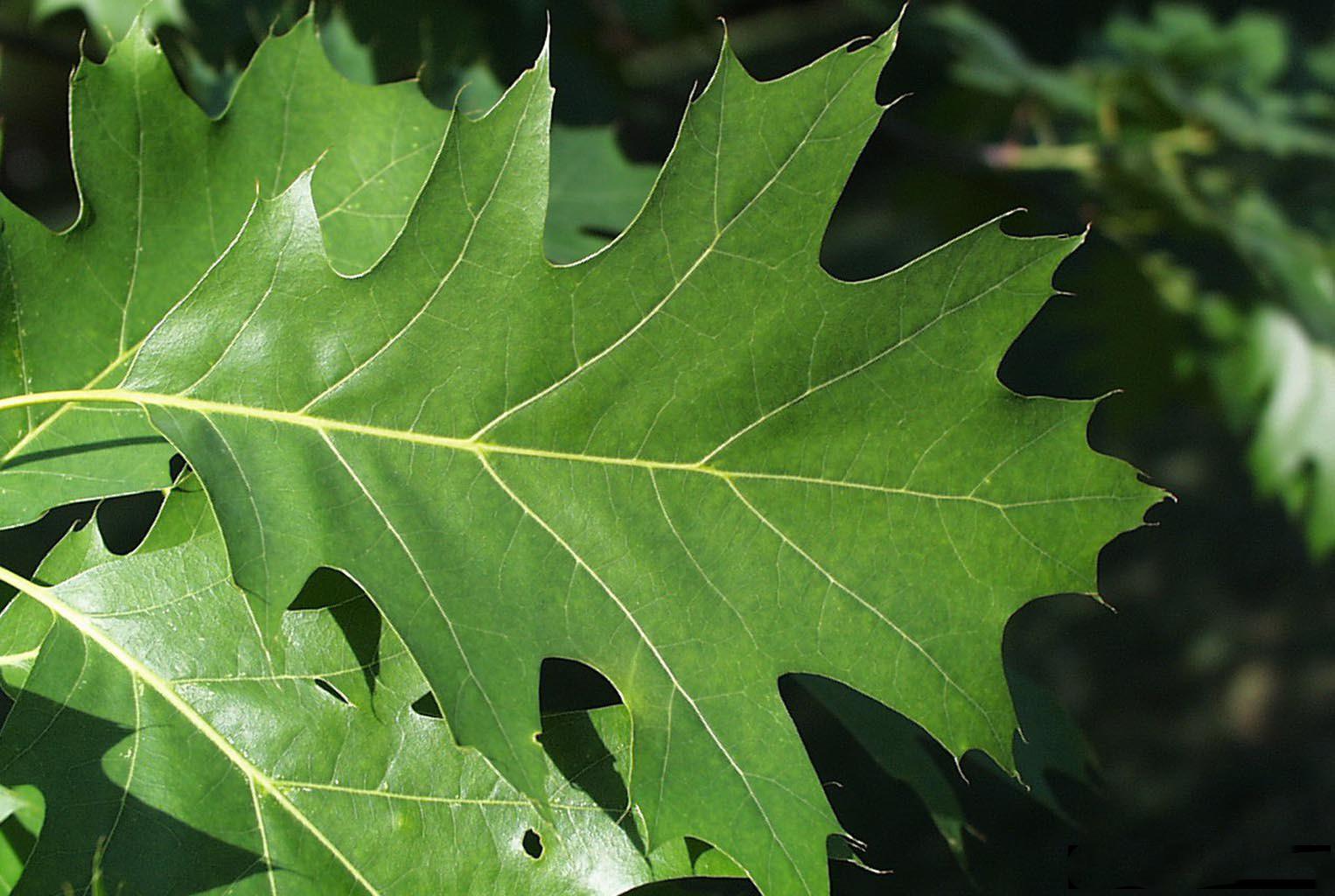
White oaks, those with rounded lobes and no bristles, or with large regular teeth, will slowly decline and likely die. White oaks in Michigan include white oak, swamp white oak, bur oak, chinquapin oak, chestnut oak and dwarf chestnut oak.
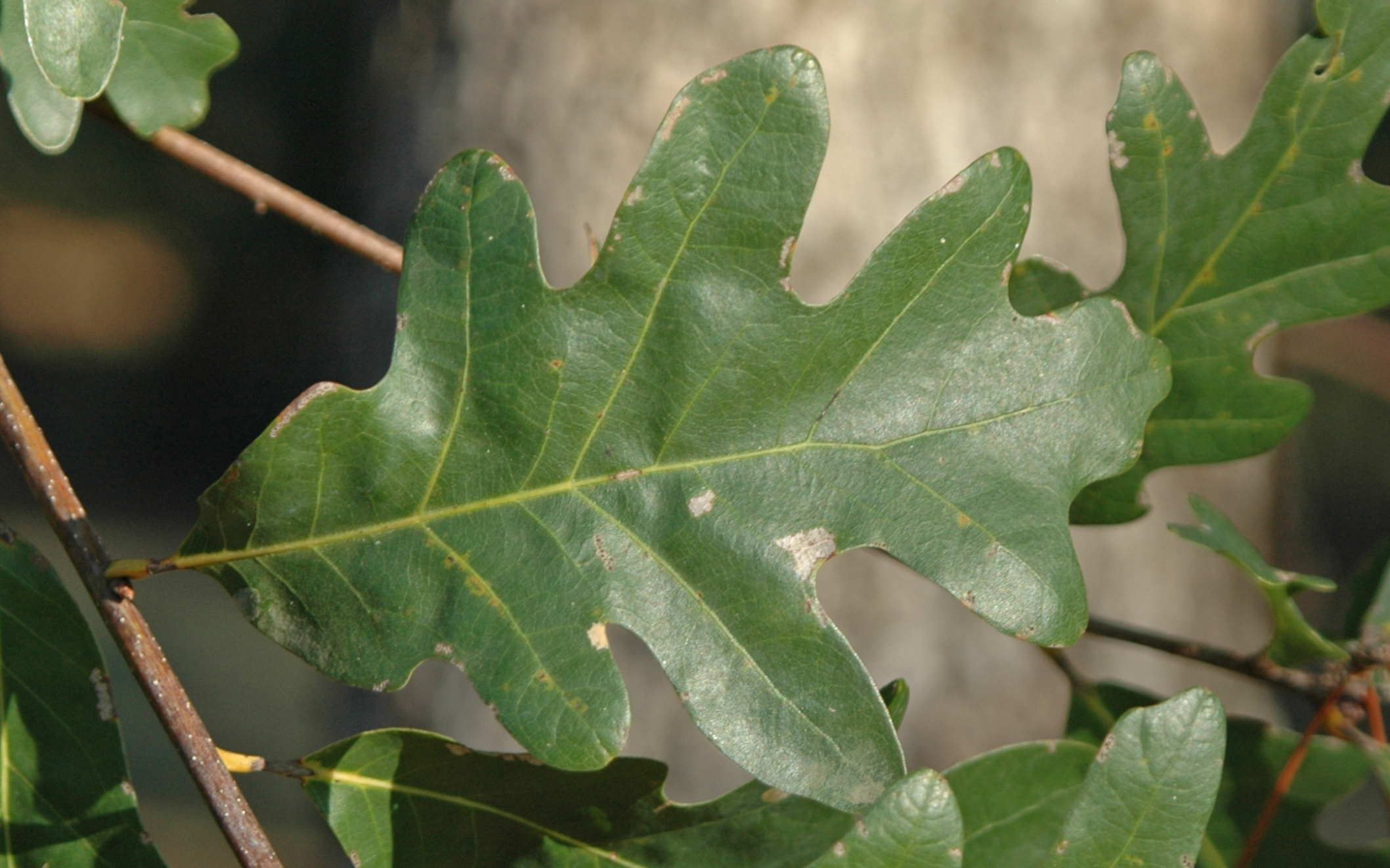
Symptoms and signs
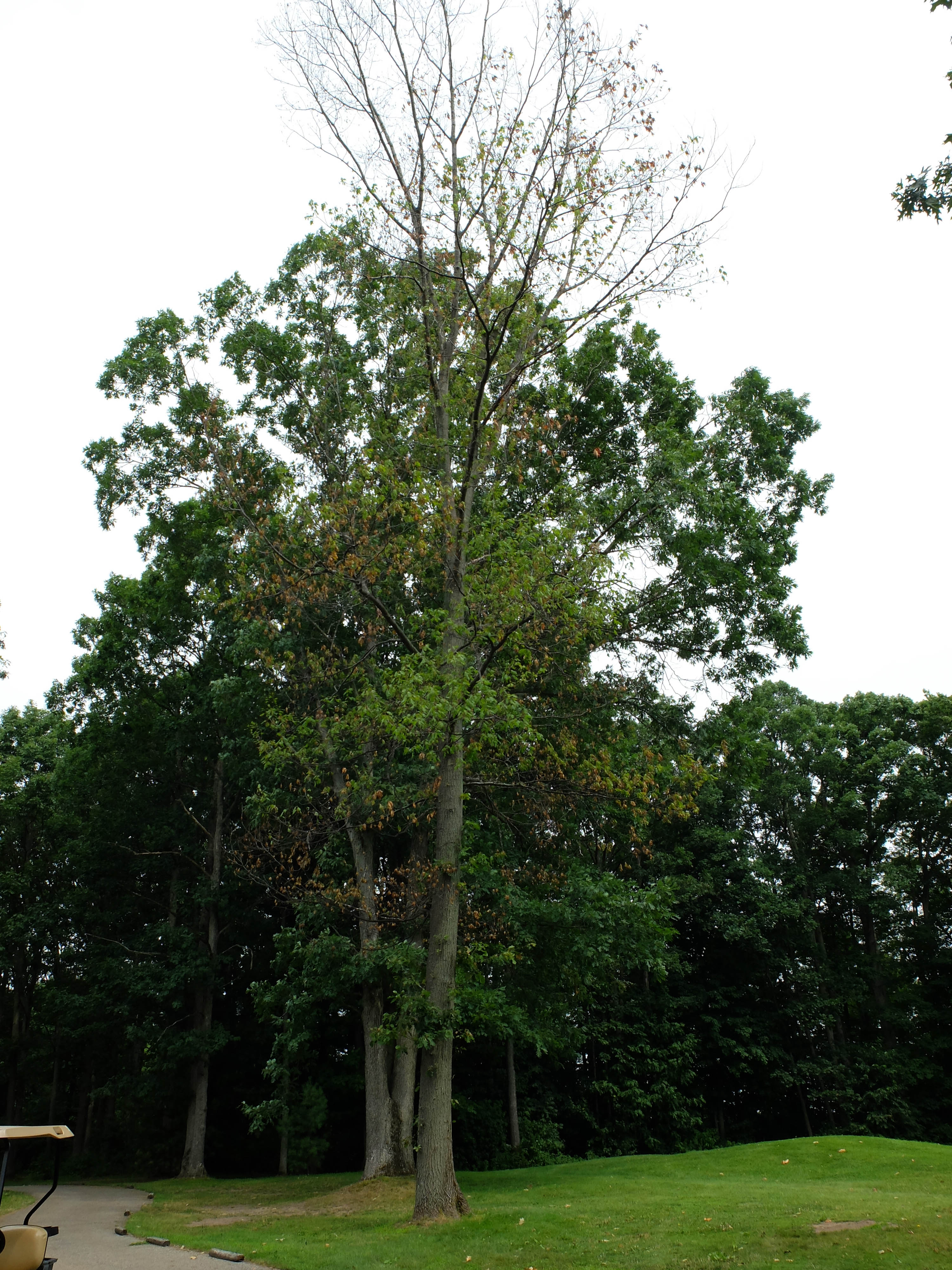
When an oak tree is infected, the fungus grows throughout the water-conducting xylem vessels and the tree responds by producing structures called tyloses to attempt to wall in the fungus. This blocks water flow through the tree, causing the wilt symptoms seen with this disease.
An infected tree is often first noticed when leaves suddenly drop or turn brown in the summer months. Leaves may be brown, somewhat bronzed or partially green. Red oak trees may be dead and defoliated within four weeks of infection.
Since there are other pest, pathogen and environmental problems that may cause symptoms similar to oak wilt, a branch sample must be sent to a diagnostics laboratory for an accurate diagnosis. On trees that have been dead for six to 12 months, a mycelial mat may be visible underneath a bark crack. Presence of a mycelial mat or laboratory verification from a living tree that is showing symptoms are the only ways oak wilt can be confirmed.
How oak wilt is spread
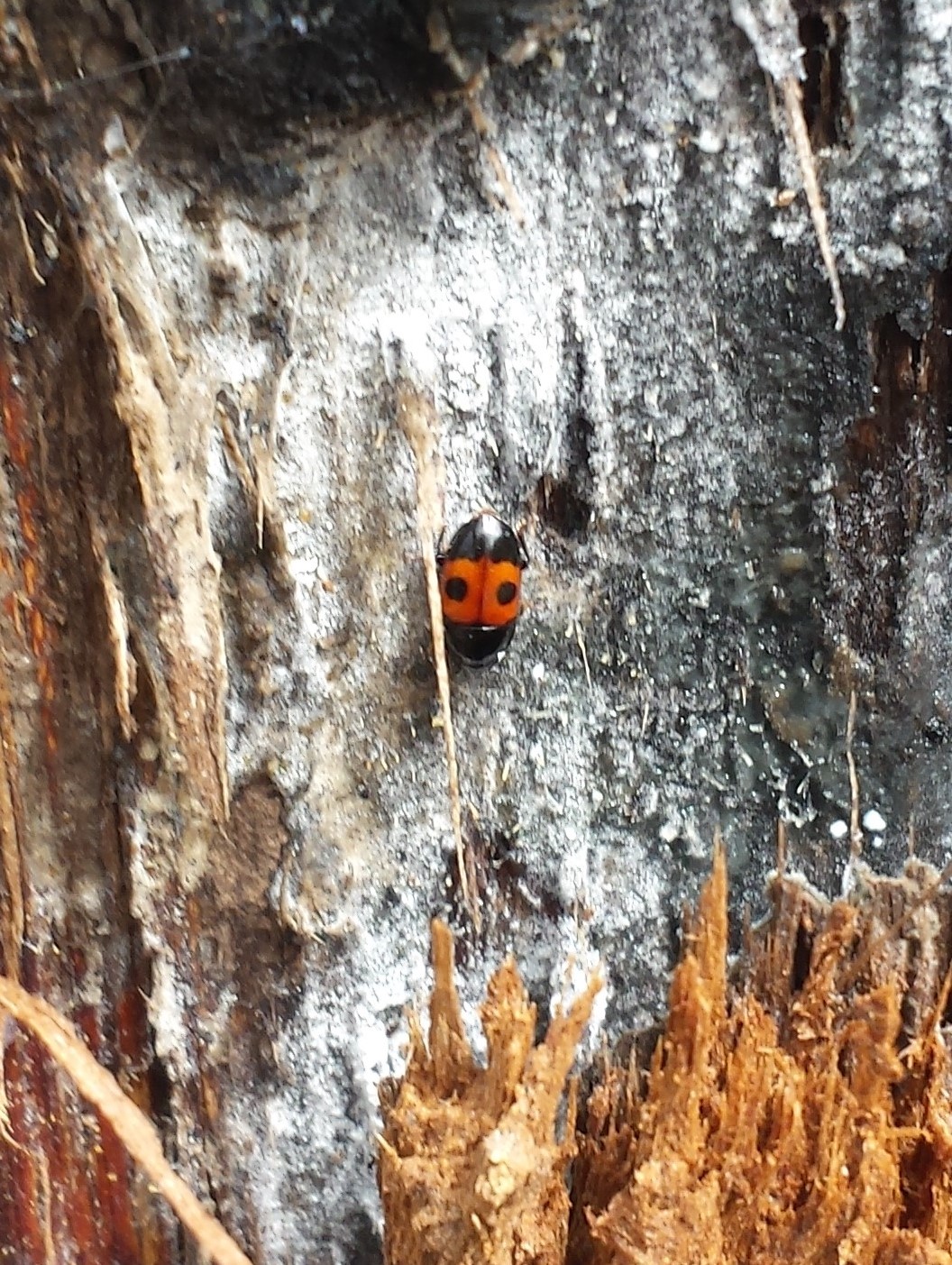
Oak wilt spreads rapidly in multiple ways.
- Overland transmission occurs when Nitidulid beetles (commonly called sap beetles) pick up spores while feeding on mycelial mats on infected trees then transfer them to fresh wounds on healthy trees. This creates new sites of infection (infection centers).
- Underground transmission occurs when fungal spores move between connected roots (root grafts) of infected and healthy oaks. This type of spread outwardly expands pockets of dead trees (infection epicenters).
- Moving wood from infected oaks can start infection sites because mycelial mats can form on wood cut from infected oaks, providing a source of infection.
Prevention

Prevent overland transmission of oak wilt by strictly following guidelines for safest pruning times and care of trees damaged during spring and summer. The safest time to prune is in the winter months when sap beetles are not active. The worst time is mid-April to mid-July when beetles are most likely present. Some beetles will be active throughout the summer and early fall. If a tree is damaged and pruning is required during the warm growing season, seal all wounds immediately—sap beetles can arrive within five minutes!
Avoid underground transmission of oak wilt by severing root connections between infected and healthy oaks. Trenching equipment is used to cut a 5-foot deep line into the earth separating roots of dead and infected oaks from the unaffected oaks in the area. Trench lines are plotted using a formula that takes many factors into account and are best determined by a certified arborist or forester trained in oak wilt management. Injections of a fungicide with propiconazole as the active ingredient may offer protection of nearby valuable, healthy oak trees. This fungicide treatment will not protect against overland spread of oak wilt.
To prevent the spread of oak wilt via firewood, dispose of wood from trees killed by oak wilt by burning it. If this is not possible, bury, chip or carefully seal wood from infected oaks under thick plastic. The plastic must cover the entire wood pile with the edges buried in soil to prevent beetle access. Once the wood is dry and the bark is loose or fallen off (about one year), it is no longer a source of infection.
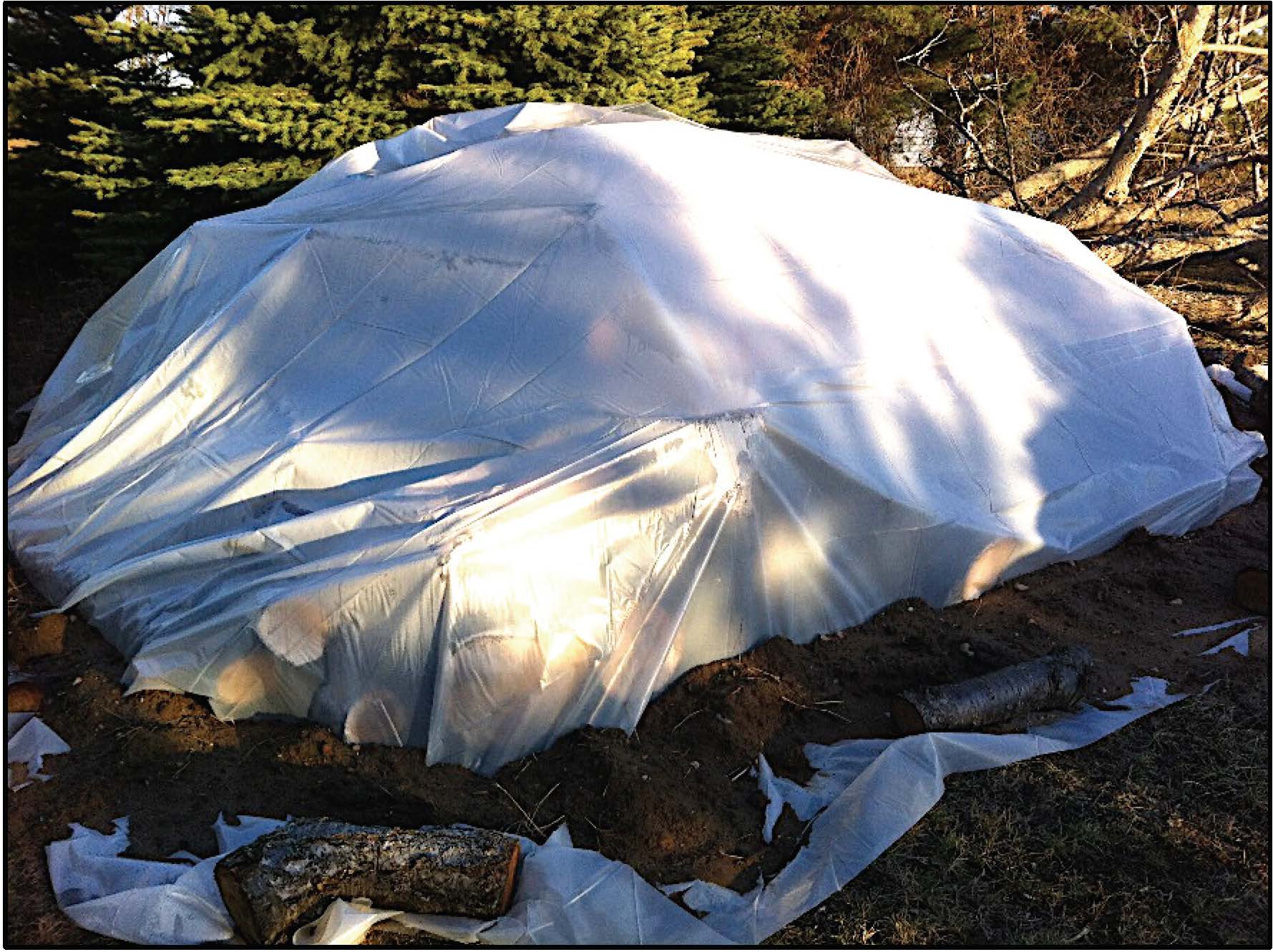
Steps to take when oak wilt is suspected
If oak wilt is suspected, take immediate action to get a positive diagnosis. Send a sample of a symptomatic branch to MSU Plant & Pest Diagnostics to confirm oak wilt unless a mycelial mat is discovered on a dead oak. If you find a mycelial mat on a dead oak—normally visible beneath a bark crack—that is sufficient for positive diagnosis. Once a positive diagnosis is obtained, consult a professional trained in oak wilt management as soon as possible. This disease will continue to spread unless management techniques are begun promptly.
Additional resources
More information and a free downloadable field guide to Michigan oaks: www.MichiganOakWilt.org
For more information on a wide variety of Smart Gardening topics, visit www.migarden.msu.edu or call MSU’s Lawn and Garden hotline at 1-888-678-3464.
Published August 2019. This publication is supported in part by the Crop Protection and Pest Management Program 2017-70006-27175 from the USDA National Institute of Food and Agriculture. Any opinions, findings, conclusions, or recommendations expressed are those of the author(s) and do not necessarily reflect the view of the U.S. Department of Agriculture.



 Print
Print Email
Email





